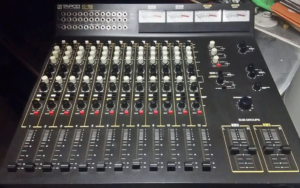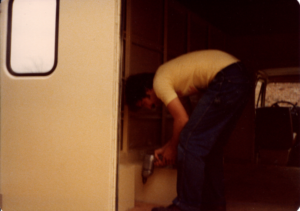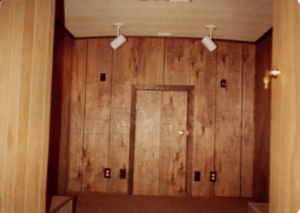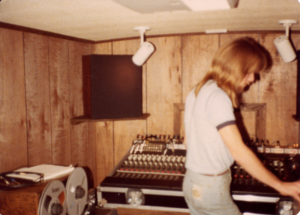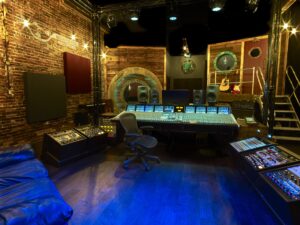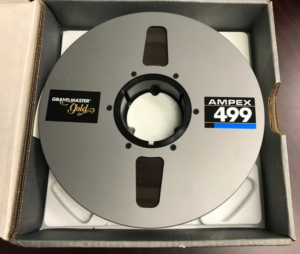Posted by Tom Morris June 19, 2019
When Jim and I were playing in a band together during our college years, we had the chance to take our band into a recording studio to record some cover songs for our club demo, as well as take a stab at a couple of original songs. We fell in love with the creative process. Neither of us could think of much else for a long time after that experience. We both decided that if we ever got the chance to somehow have our own recording studio we had to do it.
At the time (late 1970’s early 1980’s) there was no way put together a decent recording studio for less than a few hundred thousand dollars. 24 track reel-to-reel analog recorders were the state of the art – and cost in the neighborhood of $50k. A recording console was a necessity – and cheap ones were close to $100,000. Then you add the mics, cables, sound treatment, headphones, etc. It was a big buy-in.
Fast forward a few years – I was working in Gulfport MS for DuPont as a chemical engineer. Jim was working in Tampa at a music store and playing in a band. I decided to try my hand at recording at my house. I bought one of the best quality early versions of “home recording” tech available at that time – an Otari MX 5050 8-track ½” reel to reel tape recorder. The recorder came in two pieces – the transport and the audio interfaces. It was big and heavy, but it sounded great!
I also had to have a mixer with mic-preamps and routing to be able to send signals to and from this beast. I chose a Tapco C-12 – mostly for its low cost, but also because it had a better reputation than almost anything else in that price range.
Before long I was recording demos in a spare bedroom. Jim took some time off and came to visit. We had a great time making some really bad home recordings, but we decided that it was time to get serious about our dream of having a recording studio. Our first step was to take my home studio out of my house and put it in a “Hi-Cube” van. The Morrisound 8-track remote truck was born.
Morrisound Recording was ready for the road! My relocated home studio opened the door for us to become one of the biggest studios in Florida a few years later. Our first paid sessions were using this remote rig to record on location – we were in the process of building our 24 track room, but that would take us months to complete.
Today it doesn’t take a lot of money to have a home studio – a computer, a good microphone, and pre-amp with a decent interface and you’re ready to start recording. We are still enthusiastic fans of artists having their own place to record and create. We have always tried to find ways to help musicians get the best possible recording for their budget. Today, much more than back when we started Morrisound, that means getting the most out of their home studio. We have helped dozens of musicians put together the best equipment they can afford and get the biggest bang for their
buck.
We started Morrisound as a home studio because Jim and I were passionate about being a part of the creative process of making a record. We still are. Contact us today if you want to know how to get the most out of your home studio!


